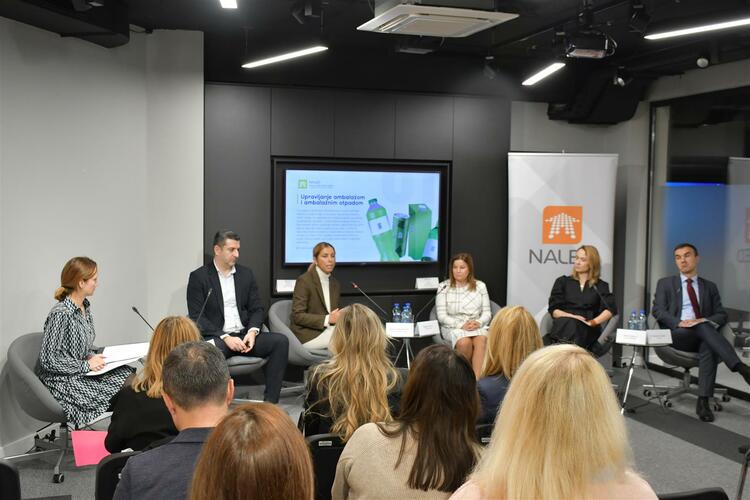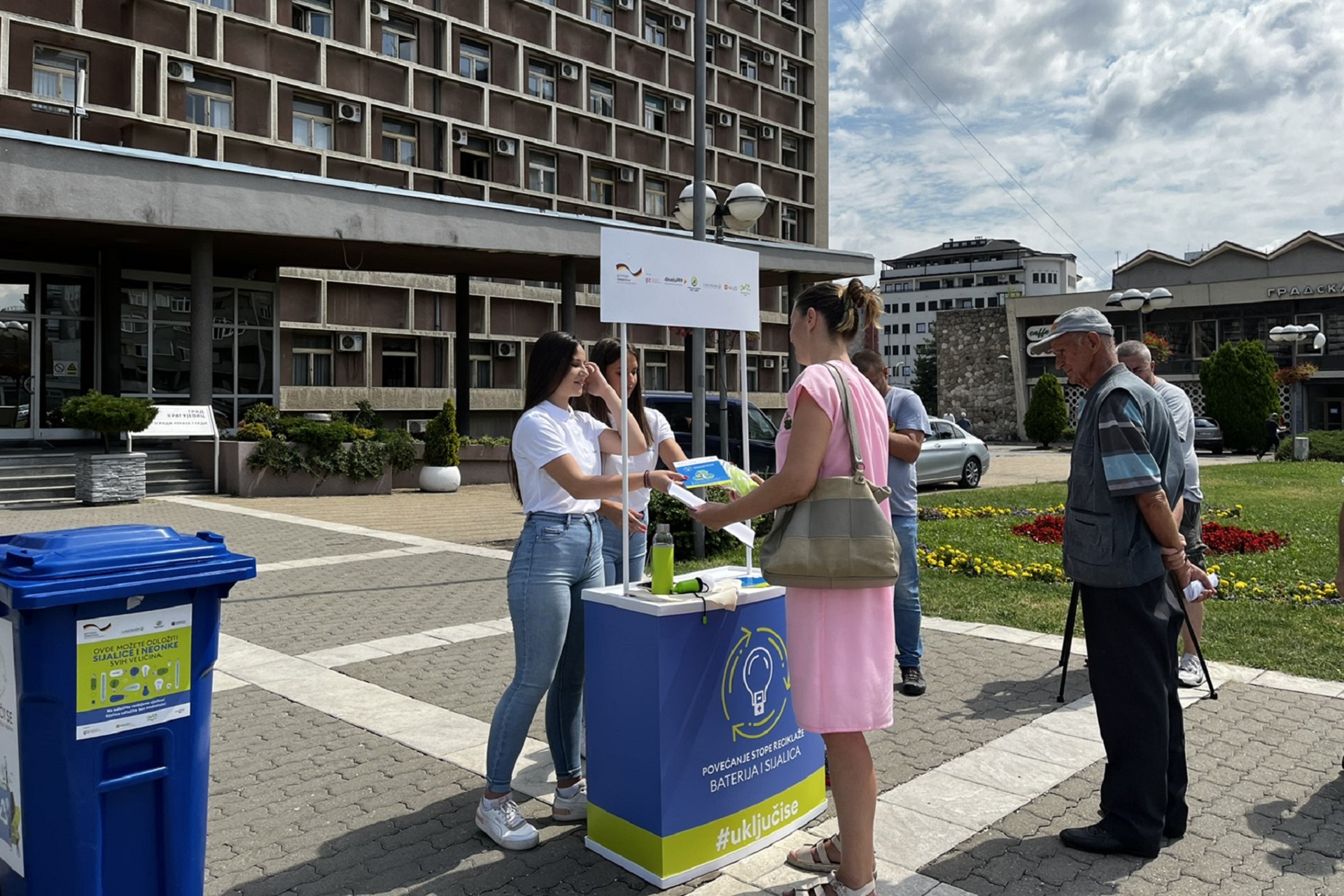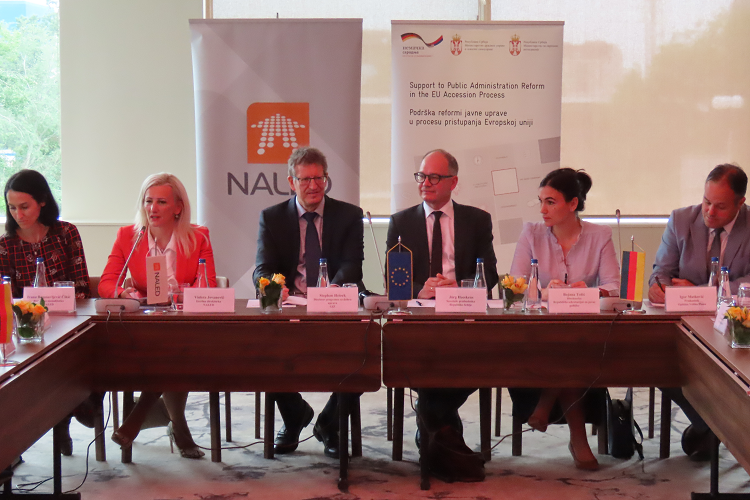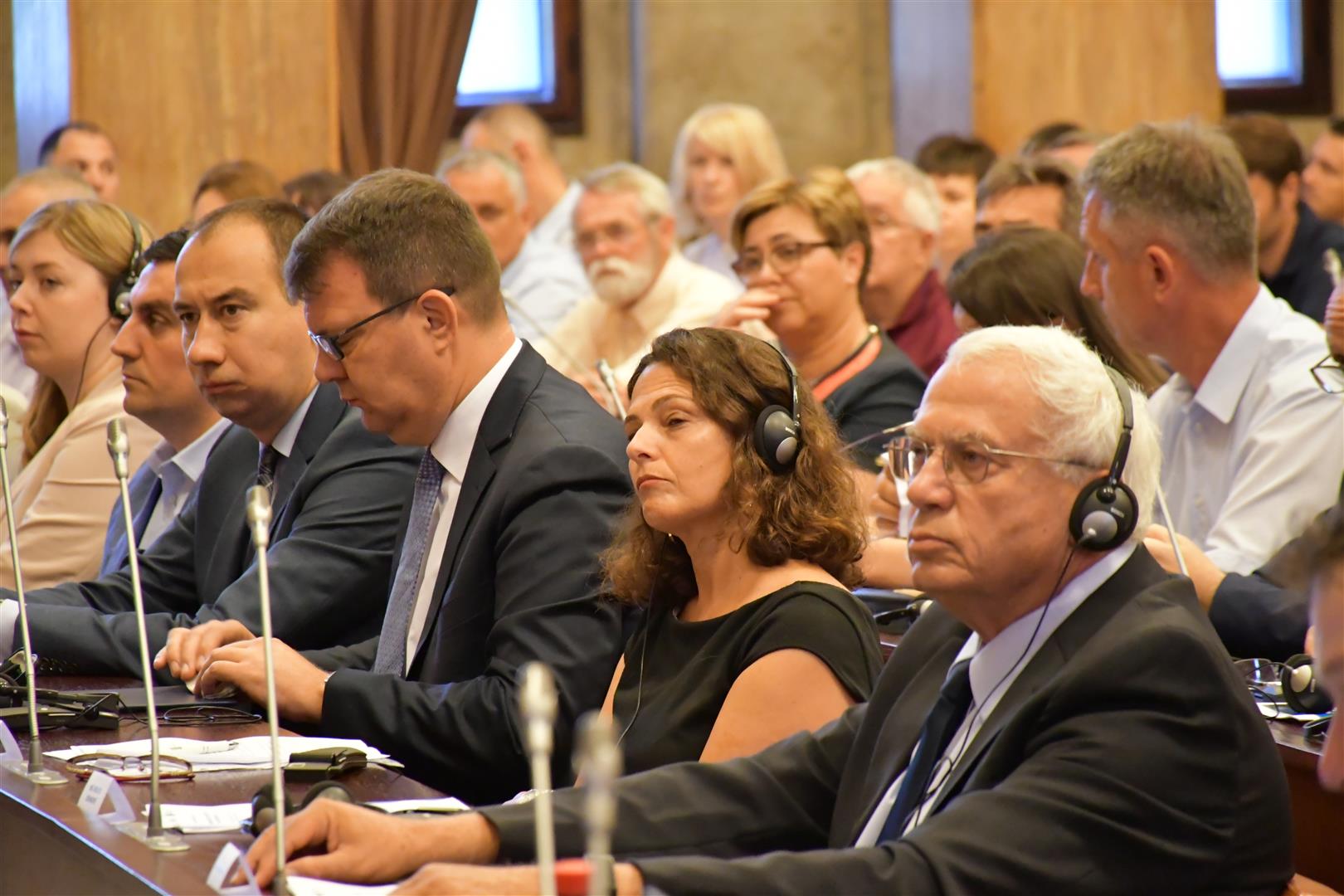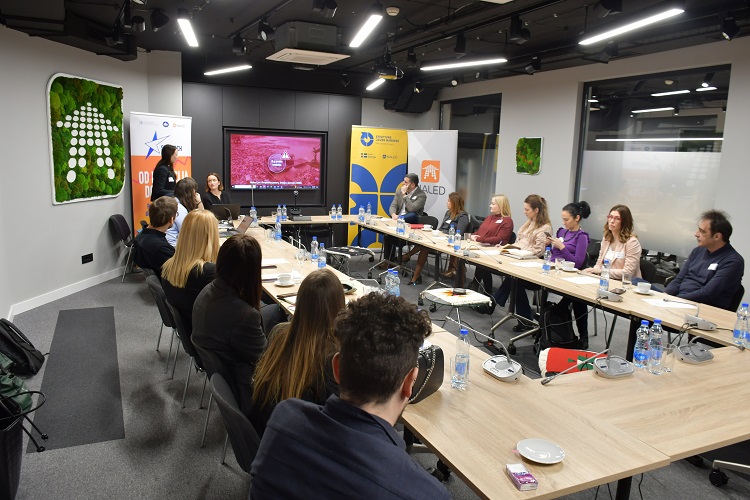[Blic.rs] One in three households have a
In some parts of Serbia, believe it or not, people have still not seen the sewage system. And even though this is thought to be a matter of the past, for some, installing sewage is still a "mission impossible" and until this issue is resolved, people are setting up septic systems, i.e. septic tanks, as the only alternative to the sewage system and disposal of this type of waste.
Septic tanks get set up at locations that lack the utility service of wastewater dispisal. This is mostly the case in rural areas or properties not far from the major regional centers where sewage infrastructure has not yet been widely distributed.
Most properties require a three-ton septic tank. The tank volume is mostly determined by the amount of wastewater and the number of household members, and the most common is three tons. The 3,000-liter tank is suitable for a home involving one to five persons, and their volume can reach up to 25,000 liters.
A septic tank is a watertight plastic tank, buried into the ground near the house, receiving all wastewater from toilets and other sources within the septic system. It has two key functions: to store the sewage so that it cannot be pumped out of the septic system, and to isolate the solid waste from liquid sewage, so that it doesn't clog the pipes and doesn't reach the underground water sources.
Every septic tank must be emptied, and the emptying period depends on multiple factors: the number of people in the household, the septic tank capacity and the type of installed septic system. Since this is not the jurisdiction of the local government, the household owner is in charge of ensuring safe emptying of the tank, and this is performed one in three to five years on average. In case the septic tank is not emptied in time, or in a safe and secure manner, it can become an ,,ecological bomb” and bring permanent damage to the environment.
Slobodan Krstović, Sustainable Development Director in National Alliance for Local Economic Development (NALED) says that 65% of Serbia's population, i.e. around 1.5 million households, are connected to the sewage system, while the rest use septic tanks.
- It is estimated that there are around three million septic tanks in Serbia - he says, warning that inadequate cleaning and neglecting these tanks can leave dangerous and permanent consequences to the environment - Krstović explains.
Depsite the fact that there is a continuous expansion of the sewage system coverage, the number of septic tanks stands as a danger to the environment. He particualrly reflected on Vojvodina, saying it is more threatened than the rest of Serbia.
- It is a plain, and the lack of natural slopes leads to people setting up septic tanks nearly everywhere, which brings a negative impact on the pollution of underground water. This is why the pollution values of underground water in Vojvodina are often above the limits, and bearing in mind its importance as a major granary, this negatively influences the quality of agricultural products. Zrenjanin particularly stands out as the city with a major problem with polluted water, but a similar situation is seen in other towns in Vojvodina as well - adds Krstović.
Read the full article at the link.

